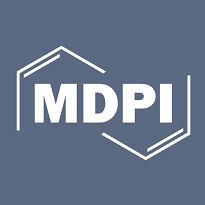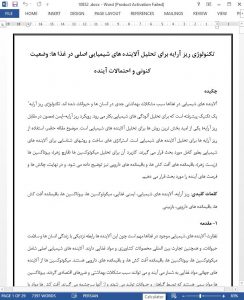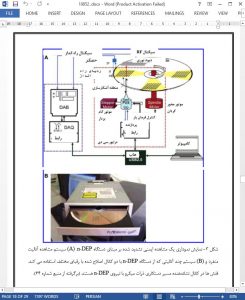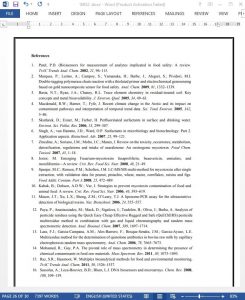Abstract
Chemical contaminants in food have caused serious health issues in both humans and animals. Microarray technology is an advanced technique suitable for the analysis of chemical contaminates. In particular, immuno-microarray approach is one of the most promising methods for chemical contaminants analysis. The use of microarrays for the analysis of chemical contaminants is the subject of this review. Fabrication strategies and detection methods for chemical contaminants are discussed in detail. Application to the analysis of mycotoxins, biotoxins, pesticide residues, and pharmaceutical residues is also described. Finally, future challenges and opportunities are discussed.
1. Introduction
Monitoring chemical contaminants in food is important because such contaminants are closely related to human life and animal health, as well as international trade of agricultural products and food commodities [1,2]. Major chemical contaminants include mycotoxins, biotoxins, pesticide residues, and pharmaceutical residues [3–9]. Mycotoxins are worldwide contaminants of foods and feed and can cause health problems and economic losses [10]. Biotoxins are toxic substances produced by and derived from plants and animals [11]. Pesticides are substances or mixture of substances intended for preventing, destroying, repelling or mitigating any pest and weeds. Their residues can cause serious acute and delayed health effects among exposed population groups [12]. Recently, pharmaceutical residues have become an increasingly prominent problem due to the abuse of antibiotics. They can be transferred from the food-producing animals to human beings and diminish the effectiveness of antibiotic treatments for common infections [13]. There have been strict maximum residue limits (MRLs) for many chemical contaminants in many kinds of food, feed, and food-related issues are required by the European Union (EU) and most countries. Legally, MRLs strictly define the maximum permitted concentrations of the residues in or on foodstuffs for humans or animals. The limit of detection (LOD) based on diversified technologies should meet the MRLs.
5. Conclusions
There has been an increasing demand for improved analytical methods for chemical contaminants in food. In addition, there are increasing concerns for food safety, growing food trade disputes, and increasingly stringent government regulations. Microarray technology has been used for the past five years for the detection of chemical contaminants in food. A selected literature review has been discussed that includes fabrication strategies, detection methods, and application to four classes of chemical contaminants in food.











